The COVID-19 pandemic, caused by the severe acute respiratory syndrome coronavirus 2 (SARS-CoV-2), has reshaped the global landscape in unprecedented ways. Since its first reported case in December 2019 in Wuhan, China, the virus has spread rapidly across borders, disrupting economies, altering daily life routines, and claiming countless lives worldwide. This article aims to provide a comprehensive overview of the COVID-19 pandemic, including its origins, transmission dynamics, global impact, and the international response efforts undertaken to mitigate its spread and consequences.
Origins and Early Outbreak
The initial outbreak of COVID-19 was traced back to a seafood market in Wuhan, Hubei Province, China. Although the exact source of the virus remains under investigation, it is believed to have originated from an animal-to-human transmission. Early on, the World Health Organization (WHO) designated the outbreak a Public Health Emergency of International Concern (PHEIC) on January 30, 2020, signaling the potential for global spread.
Transmission Dynamics
COVID-19 is primarily transmitted through respiratory droplets produced when an infected person coughs, sneezes, or talks. These droplets can land in the mouths or noses of nearby individuals, or be inhaled, leading to infection. Additionally, the virus can survive on surfaces for some time, making indirect contact transmission possible. The virus is highly contagious, with a basic reproduction number (R0) estimated to be between 2.5 and 3.5, indicating that one infected person can spread the virus to 2.5 to 3.5 others on average.
Global Impact
The COVID-19 pandemic has had far-reaching consequences on multiple fronts:
Health Systems: Healthcare systems in many countries have been overwhelmed, leading to a surge in hospital admissions and intensive care unit (ICU) occupancy. The virus has disproportionately affected the elderly and those with pre-existing conditions.
Economic Disruption: The pandemic has triggered a global economic recession, with businesses shutting down, job losses mounting, and supply chains disrupted. The International Monetary Fund (IMF) estimates that the pandemic could result in a contraction of the global economy in 2020.
Social Unrest and Mental Health: Lockdowns and social distancing measures have led to feelings of isolation, anxiety, and depression among the general population. Protests and demonstrations against economic hardships and government measures have erupted in various parts of the world.
Education: School closures have disrupted learning for millions of children worldwide, exacerbating inequalities in access to education and increasing the digital divide.
Travel and Tourism: The travel industry has been hit hard, with international borders closing, travel restrictions imposed, and tourism revenues plummeting. This has had a ripple effect on economies dependent on tourism revenue.
Global Response and Mitigation Efforts
In response to the pandemic, governments, international organizations, and private sectors have taken various measures to contain the spread of COVID-19:
Travel Restrictions and Quarantine: Many countries implemented travel bans, required quarantine periods for incoming travelers, and restricted non-essential travel to curb the spread of the virus.
Contact Tracing and Testing: Countries have established contact tracing systems to identify and isolate individuals who may have been exposed to the virus. Widespread testing has become a crucial tool for identifying cases and implementing targeted interventions.
Vaccination Programs: As scientific research raced against time, several vaccine candidates were developed and approved for emergency use. Vaccination programs have been rolled out globally, aiming to achieve herd immunity and bring the pandemic under control. However, vaccine distribution remains uneven, with some countries receiving more doses than others due to logistical challenges and access issues.
Financial Support and Stimulus Packages: Governments have introduced financial relief packages to support businesses, workers affected by job losses, and individuals struggling with financial hardships. These measures include tax breaks, loans, grants, and direct cash transfers.
Digital Solutions for Education and Work: To mitigate the impact on education and businesses, many countries have adopted digital solutions such as online learning platforms and remote work arrangements. This has accelerated the digital transformation but also highlighted the need for equitable access to technology.
Lessons Learned and Future Challenges
The COVID-19 pandemic has underscored the importance of preparedness, collaboration, and innovation in addressing public health emergencies at a global scale. Some key lessons learned include:
Strengthening Health Systems: Investing in robust healthcare systems that can effectively manage infectious disease outbreaks is crucial. This includes investing in infrastructure, training healthcare workers, and stockpiling essential medical supplies.
转载请注明来自爬爬百科,本文标题:《全面解析COVID-19疫情,影响、传播与全球应对措施》

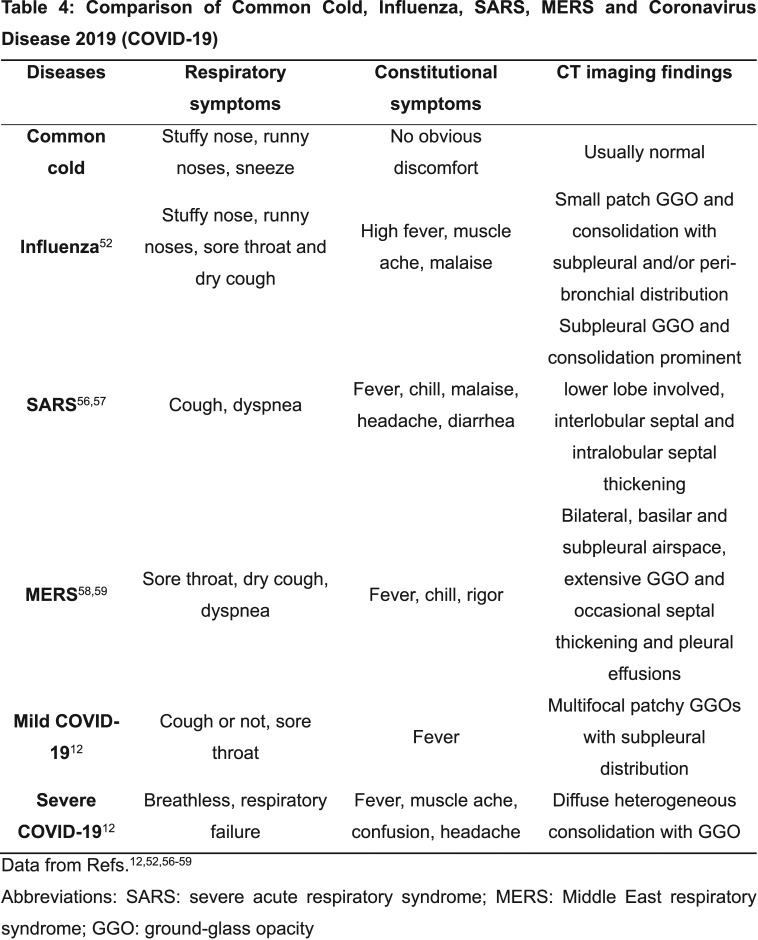
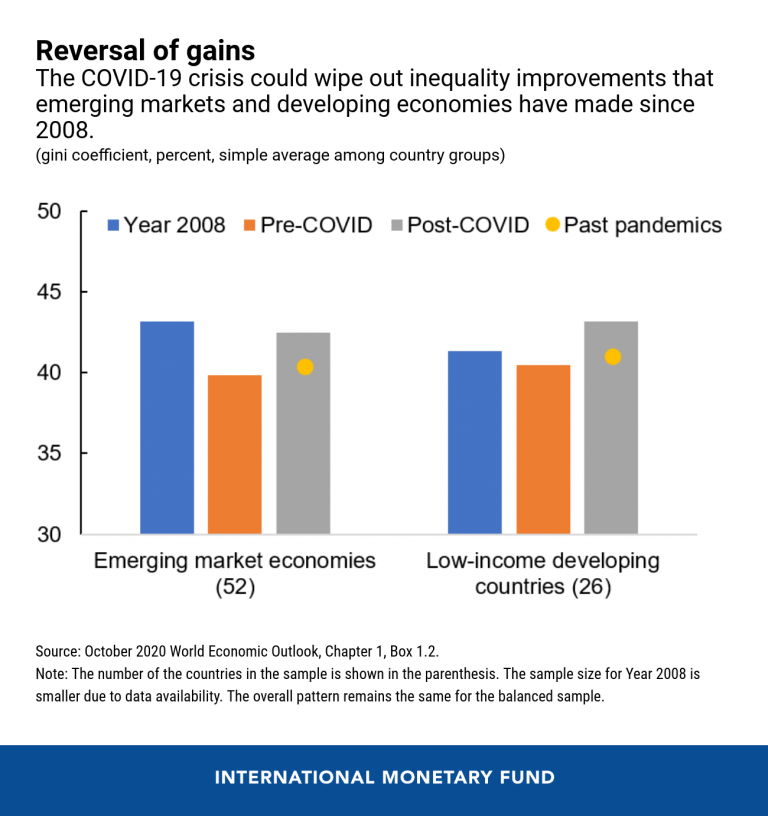
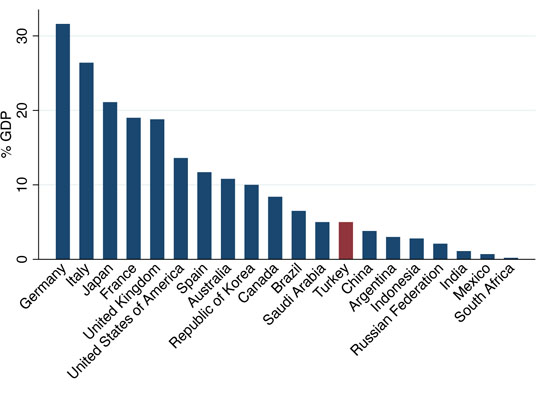




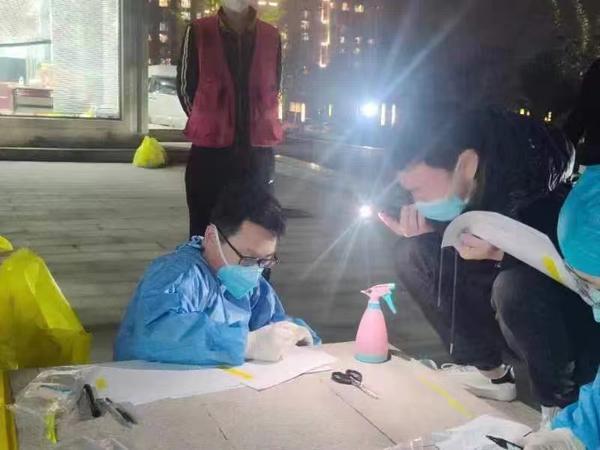
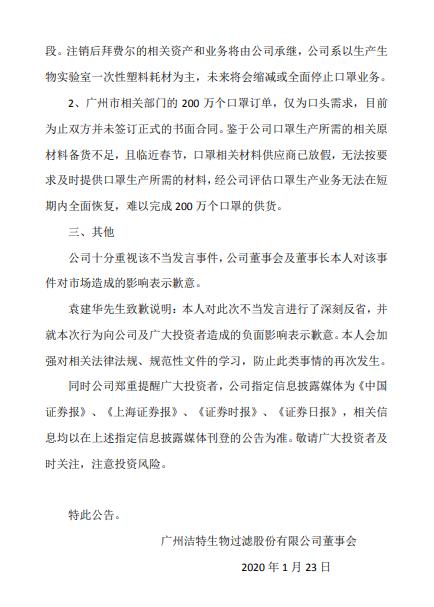

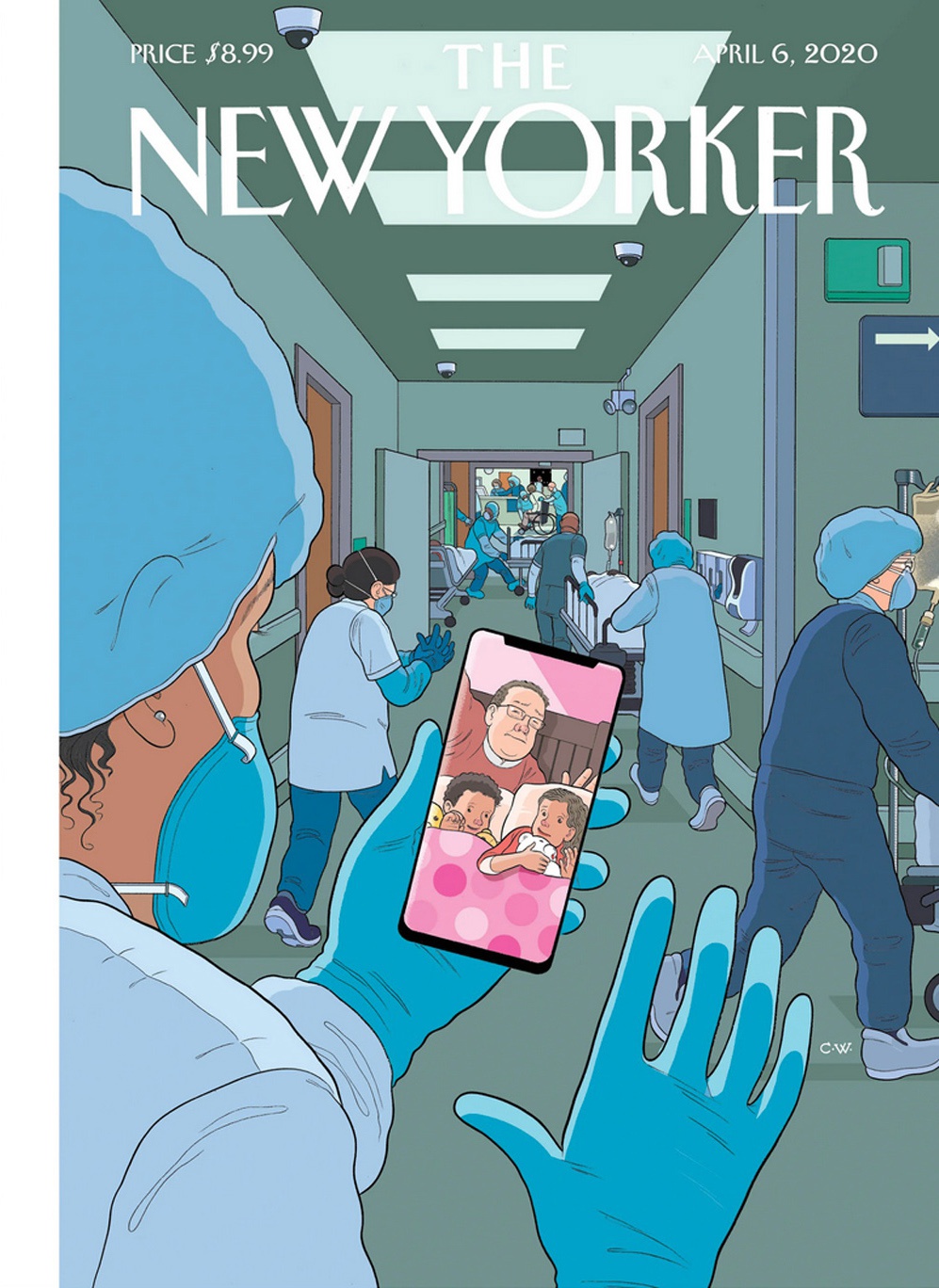
 京ICP备11000001号
京ICP备11000001号
发表评论